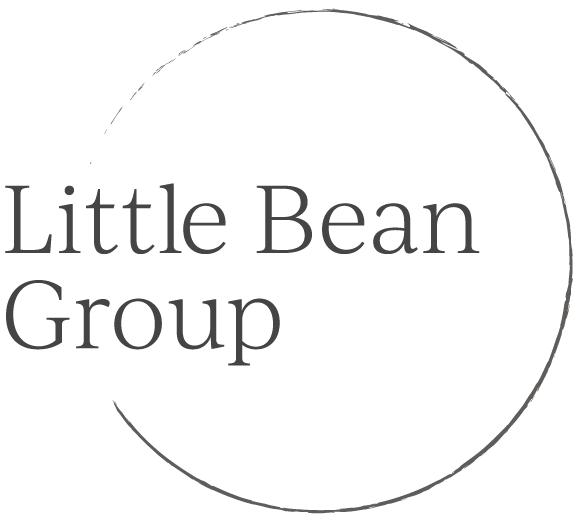Last month, I shared tips for developing partnerships with foundations. To address how we steward these relationships, I reached out to my former colleague Sarah Katz for insights. Sarah has over 10 years of experience in grant writing, administration, and foundation relations. Her background includes seven years in a community-based non-profit managing all aspects of fundraising, and working within a large university foundation relations team to develop complex research proposals. Sarah is currently an independent consultant focusing on strategies for strengthening foundation partnerships, grant writing, and donor-centered communications.
When you receive the notification that all of your hard work has paid off and you received a grant, it’s an amazing feeling. Take time to celebrate, but also spend some time thinking about how you can develop a mutually beneficial relationship with your new foundation partner.
While the fundamentals of relationship building underpin these strategies, I feel that there are special considerations when working with foundations. Here are my top three tips that will help you deepen and grow these partnerships:
1. Be a good grantee: master the fundamentals and embrace open communication
What does it mean to be a “good grantee?” First—do the basics well. Be responsive, return requested documents in a timely manner, and complete required reports on time. Of course, this responsibility does not just sit with you in the development office. Ensure that grant requirements are known internally by key staff, including your chief executive, finance officer, and program lead. Communicate deadlines early and often, and set internal deadlines several days in advance of the foundation’s due date.
The second element of being a good grantee is maintaining open communication with your foundation partners. If you receive a grant for a specific project, it’s likely you will have some bumps along the way. This is extremely common—after all, we are all trying to work in a world grappling with labor shortages, inflation, and ongoing roadblocks due to COVID-19. This is where transparency and clear communication will help you build trust with your program officer. While it may seem scary at first, be honest about your stumbling blocks. Ask for a budget modification or a no-cost extension of your grant period if you need more time to complete the work. Foundations partner with organizations because they want them to deliver on shared goals—if you’re encountering obstacles, they may have advice or connections to smooth the way. They want you to succeed!
While transparency can be intimidating, consider the alternative. Your grant period ends, you haven’t completed the work you outlined in your application, and the final report is due. Your program officer—who maybe hasn’t heard from you for a year!—reviews your report and sees that the project has not succeeded. Not only did you not deliver on a shared goal—one important enough to the foundation that they invested significantly in it—you failed to treat them
like a true partner. We’re often advised not to treat our individual donors like ATMs, and the same holds true for foundations.
2. Stewardship touch points: share updates, good news, and impact
While transparency is key when things aren’t going well, you don’t want to be in touch solely with bad news. Reach out to share informal updates on your work, good news, and impact. The frequency and content can vary depending on the nature of your partnership, but here is some guidance to get started:
- Frequency: I like to set calendar reminders quarterly or three times a year to send short email updates to program officers. I think that these are appropriate intervals, and I’ve never received any feedback that they were too frequent.
- Content: Tailor these messages based on the nature of your partnerships. Do you receive general operating support for community-based work? Send a few sentences sharing a personal story of on-the-ground impact, and thank your partner for their role in making that happen. For project-based grants, stick to the specifics of that work and good news on progress. Additionally, I always like to end messages with an open-ended invitation to visit and see the partnership in action.
- Nuts and bolts: Keep an Excel sheet tracking the date and content of these updates to ensure that you don’t send repetitive information.
Finally, if you have a major event in your organization (e.g. a leadership change), be sure that your foundation partners are included in your communications plan.
3. Think about YOUR value in the partnership
Unfortunately, I think that we are conditioned to believe that the value in our foundation partnerships is one-sided. It’s easy and natural to feel this way— foundations hold power, resources, and their sheer size and scope can be intimidating. However, I’ll repeat this again—foundations partner with you to deliver on shared goals. They cannot accomplish their goals without you and your organization, and you inherently have tremendous value in the partnership.
I encourage you to spend some time thinking about how you add that value—what can you share with your foundation partners to increase mutuality in your relationship? Is it the frontline expertise of one of your staff members? Thought leadership in your field? Spend regular time with your program staff and leadership articulating your value proposition and don’t be shy about sharing it.
I’m thrilled that Stephanie asked me to share my thoughts with the Little Bean Group community. These tips just scratch the surface, so if you’d like to keep the conversation going, let’s connect!
